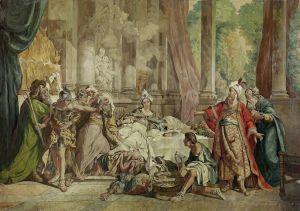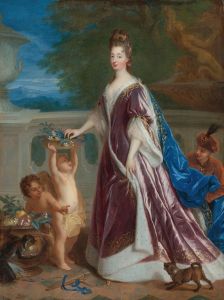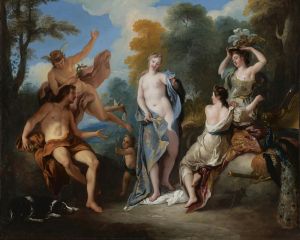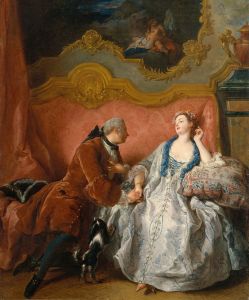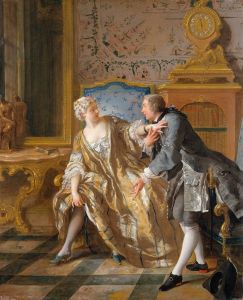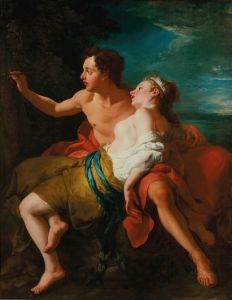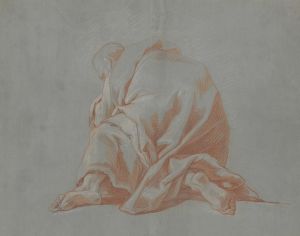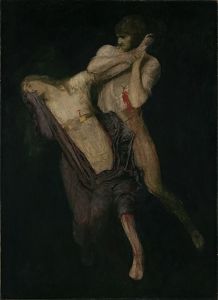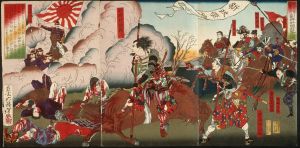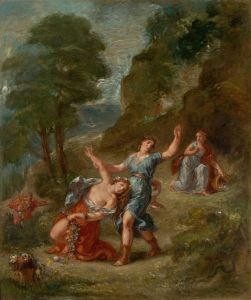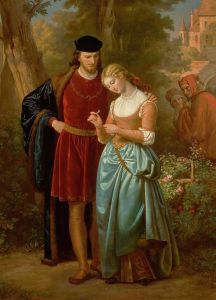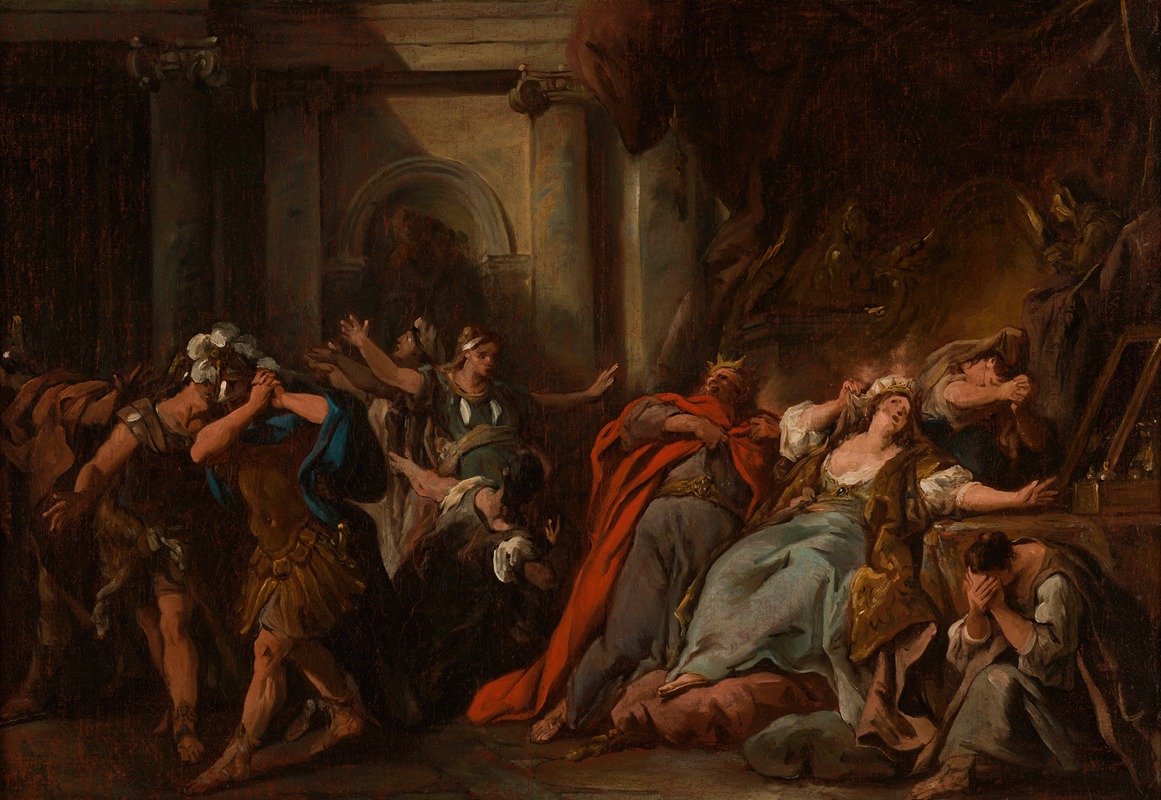
Créüse consumée par la robe empoisonnée
A hand-painted replica of Jean-François de Troy’s masterpiece Créüse consumée par la robe empoisonnée, meticulously crafted by professional artists to capture the true essence of the original. Each piece is created with museum-quality canvas and rare mineral pigments, carefully painted by experienced artists with delicate brushstrokes and rich, layered colors to perfectly recreate the texture of the original artwork. Unlike machine-printed reproductions, this hand-painted version brings the painting to life, infused with the artist’s emotions and skill in every stroke. Whether for personal collection or home decoration, it instantly elevates the artistic atmosphere of any space.
Jean-François de Troy was a prominent French painter and tapestry designer of the early 18th century, known for his contributions to the Rococo style. His works often depicted historical and mythological subjects, characterized by their dynamic compositions and vibrant use of color. One of his notable paintings is "Créüse consumée par la robe empoisonnée" (Creusa Consumed by the Poisoned Robe).
This painting illustrates a dramatic scene from Greek mythology, specifically from the story of Jason and Medea. The narrative is rooted in the tragic events surrounding the character of Creusa, also known as Glauce, who was the daughter of King Creon of Corinth. According to myth, Creusa became the unwitting victim of Medea's vengeance. Medea, the sorceress and former wife of Jason, sought revenge after Jason abandoned her to marry Creusa. As a wedding gift, Medea sent Creusa a beautiful robe imbued with deadly poison. When Creusa donned the robe, it consumed her in flames, leading to her tragic demise.
De Troy's painting captures the moment of Creusa's destruction with dramatic intensity. The composition is likely to be filled with movement and emotion, as was typical of de Troy's style. The artist's use of color and light would have been employed to heighten the sense of drama and tragedy in the scene. The depiction of Creusa's agony and the chaos surrounding her would have been rendered with meticulous attention to detail, showcasing de Troy's skill in conveying complex emotional narratives through his art.
Jean-François de Troy's work was highly regarded during his lifetime, and he held several prestigious positions, including that of Director of the French Academy in Rome. His paintings were celebrated for their elegance and the way they captured the spirit of the Rococo period, with its emphasis on movement, color, and emotional expression. "Créüse consumée par la robe empoisonnée" would have been a testament to his ability to bring mythological stories to life, engaging viewers with both the beauty and the tragedy of the scene.
While specific details about the painting's current location or its provenance may not be readily available, de Troy's works are held in various collections and museums, reflecting his enduring influence on the art world. His contributions to the tapestry designs for the Gobelins Manufactory further cemented his reputation as a versatile and talented artist.
In summary, "Créüse consumée par la robe empoisonnée" by Jean-François de Troy is a vivid representation of a mythological tragedy, showcasing the artist's mastery of the Rococo style and his ability to convey powerful narratives through his art. The painting remains a significant example of de Troy's work, illustrating his skill in capturing the drama and emotion of classical stories.






